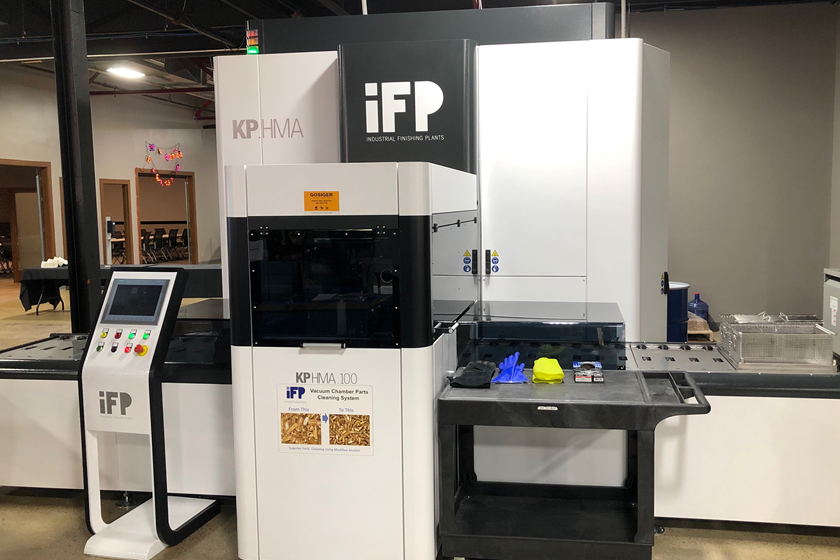Best Surface Finish for Anodizing
Question: What type of surface finish gives the best anodized finish?
Question:
What type of surface finish gives the best anodized finish? We use 6061-T651 alloy aluminum in machining our parts. They are sanded before a Type II anodize finish is performed. DP.
Answer:
If you are performing a Type II anodic finish to the machined parts, may I assume that wear resistance is not a concern here? It sounds as though your primary requirement for these parts is corrosion resistance and appearance. You don't say why you "sand" the parts before anodizing. Is this to hide machining lines and light scratches?
There are a variety of mechanical finishes that can be applied to the aluminum substrate prior to anodizing. Among these are scratch brush (unidirectional and non-directional), buffing to a "smooth" surface finish, scotchbrite, hand sanding (various grits), mill finish, and "as machined" finish. If corrosion resistance and aesthetics are the primary concern, all of these different kinds of pre-anodize surface finishes are, for the most part, equally good. Naturally, the smoothest aluminum substrates produce the smoothest anodic coatings. Not all anodic coatings are created equal, but just looking at Type II, this would be the case. If you were looking for the best surface for prolonged wear resistance, this could be a machined surface with a low Rz/Ra number which is chemically (or electrolytically) brightened, hardcoat anodized and the anodic coating honed to the desired smoothness.
















